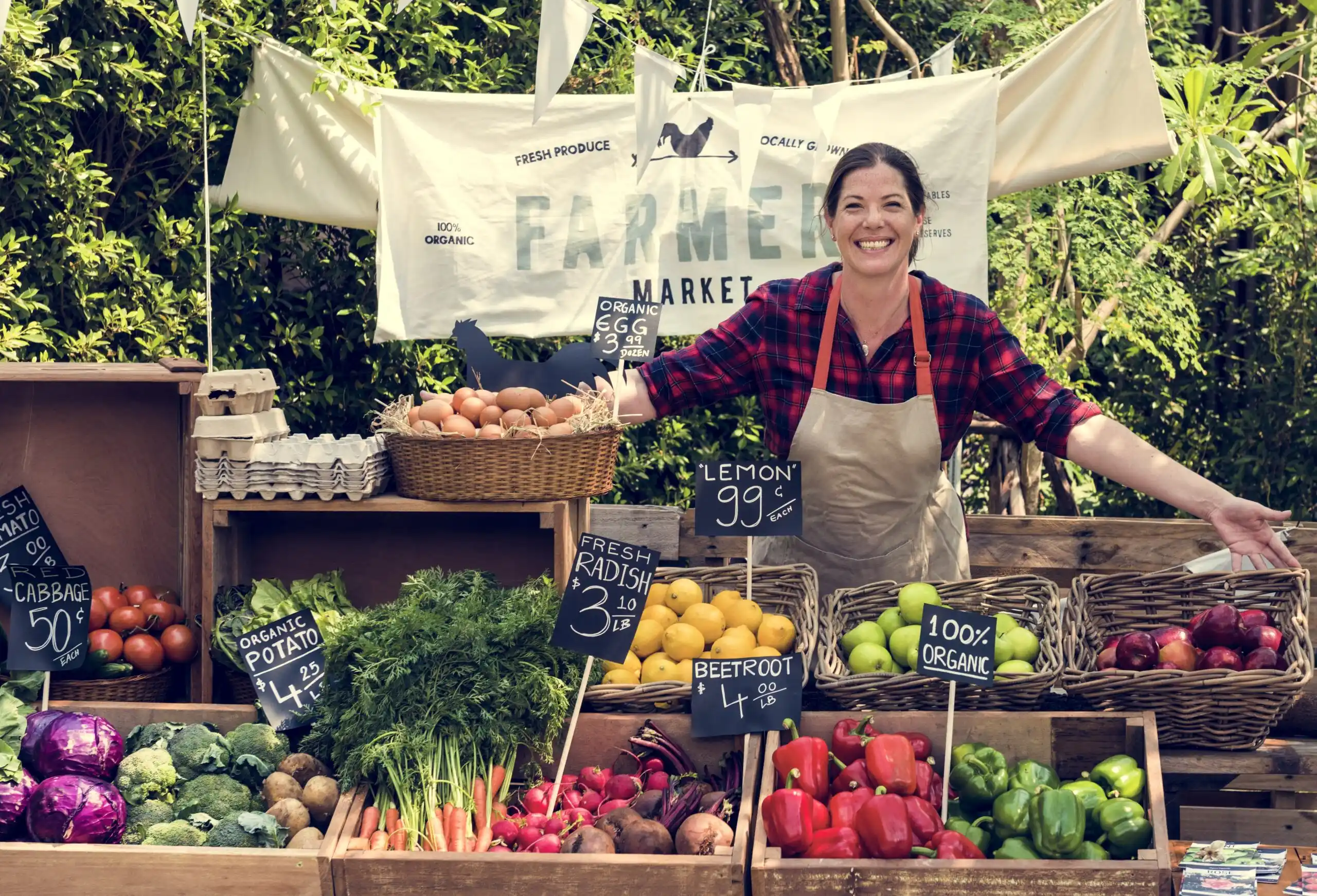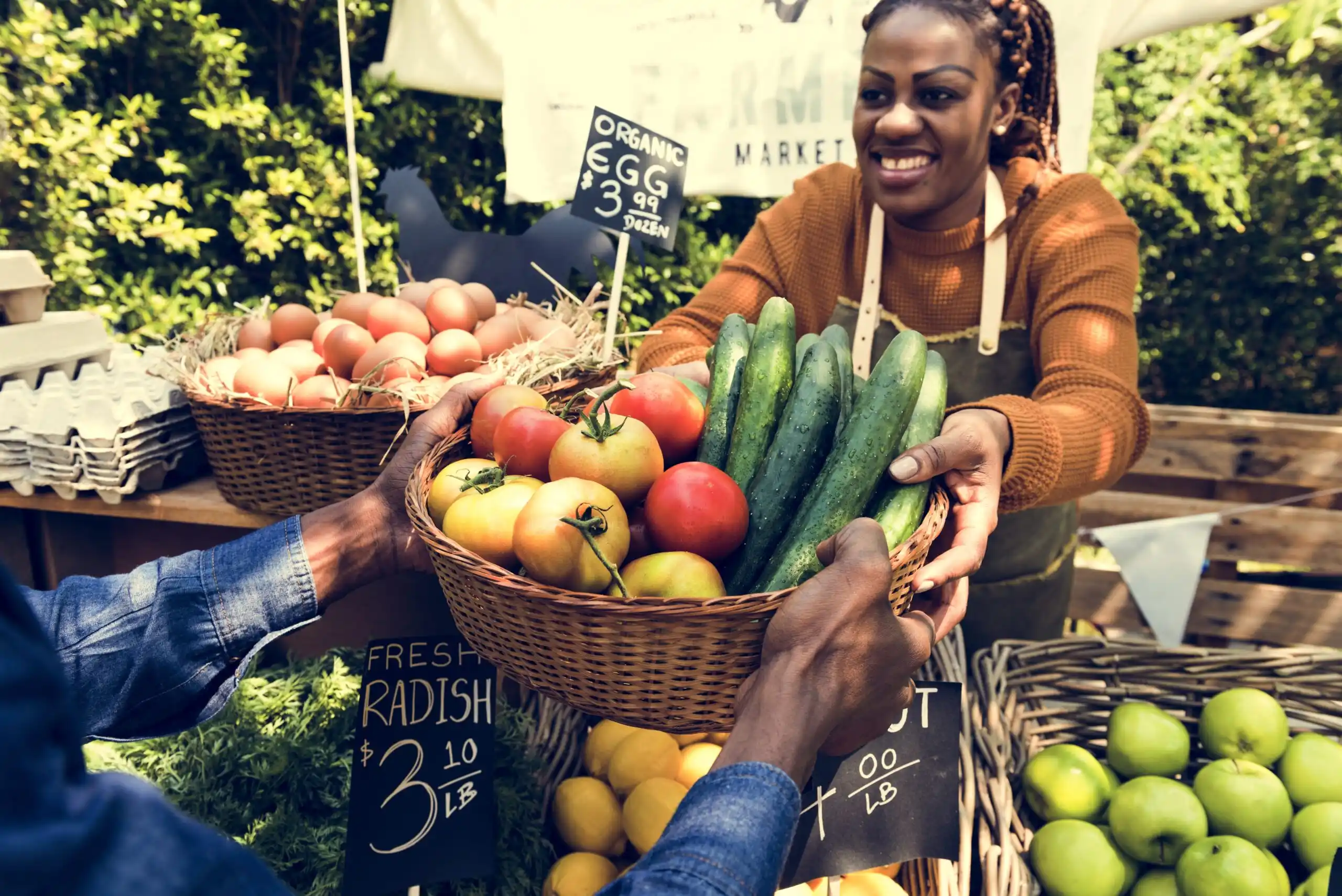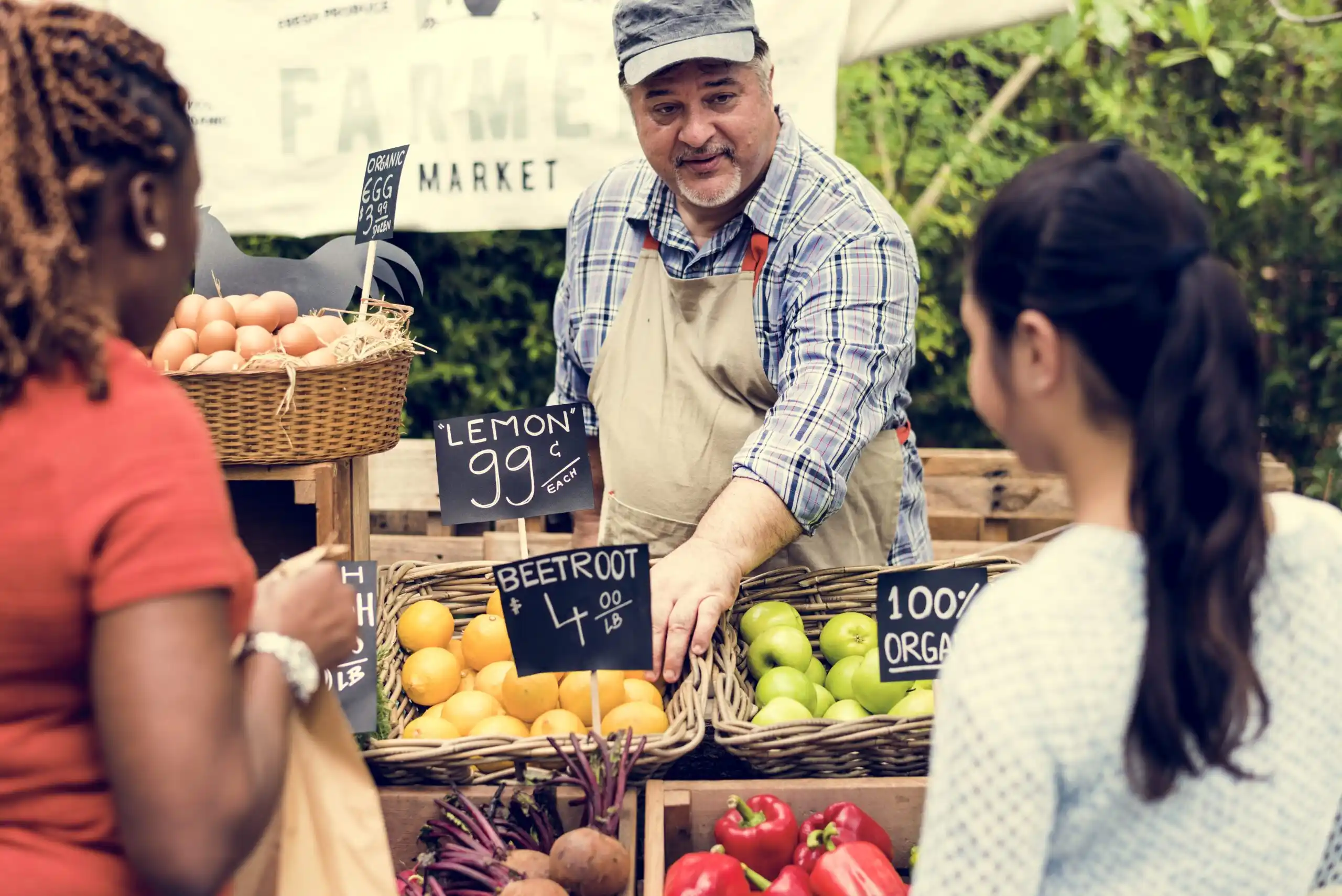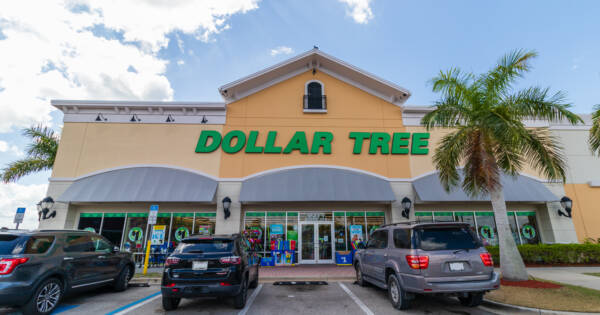Buying from a road-side produce stand or a locals farmer’s market is an amazing experience. They are some of the best options for getting fresh (and often organic) fruit, vegetables, meats, and other products, while still supporting local farmers. Farmers’ Markets are certainly a better choice for fresh, high-quality, in-season produce. The prices there are often cheaper than grocery stores, too. However, it’s also easy to spend more at a farmer’s market than you would elsewhere. Just like at the supermarket, there are ways you can save money while still enjoying the benefits of fresh, local products. Here are some tips to make the most of your next farmer’s market shopping experience.
Go Early (And Go Late)
This may seem like a contradiction. However, there are advantages to getting to the market as soon as it opens or passing through right before it closes. The selection is at its very best first thing in the morning. If you’re extra concerned about the qualify of your fruits and veggies, you’ll have first of everything. You’re also more likely to get in on exclusive deals or low-stock items — before they sell out.
One of the disadvantages of this strategy is that you’ll definitely be charged full price. Early shoppers are less likely to get any deals or have success negotiating. After all, there’s still plenty of time left for vendors to sell their stock. An alternative strategy is to scope out which produce is over-stocked, and trying to strike a deal later in the day.
Swing By Later in the Day to Save Money
At this point, vendors are eager to get rid of their remaining produce. They want to make as much money as possible without having to re-load all their goods back into their truck. Even worse, their produce may not keep for another week, meaning they need to see it as soon as possible. Without another good opportunity to sell, vendors will try to sell their remaining inventory for extremely discounted prices.
If you’re able to use all of it before it spoils, by all means take advantage of a deal. Just beware of getting too caught up in the excitement of a great deal. Remember the actual eating needs of you and your family. You don’t want to buy bundles of fruits and veggies just to watch it slowly rot in your fridge because you can’t eat it fast enough.
Buy In Bulk
Buying in bulk is a sure way to get a discount, no matter when you visit the market. Individual items are usually pricier, since the farmer needs to ensure a profit in case they can’t sell everything. When you buy in bulk, you help eliminate the gamble of whether the seller will meet those goals. That will often lead to friendlier pricing.
When you buy in bulk, you’re also helping the vendor create an image that their goods are selling well, or in high demand. This can help their overall business and might mean they are willing to extend you a deal.
Establish Yourself as a Regular
When you buy consistently from a particular vendor (or group of vendors), you establish yourself as a regular, loyal customer. They will watch out for you in the future, and even cater to your preferences. If they can count on your business, they will be more likely to offer some friendly pricing.
You may even get the occasional freebie. Whether it’s an extra bushel of carrots of “being a good customer” or a bonus bag of apples just because you’re a repeat customer, these are excellent perks of being a regular. Go ahead and be socially friendly with these vendors too. They’ll be more likely to say yes the next time you request a discount.
 Shutterstock
ShutterstockScout the Whole Place Before You Ever Start to Shop
Most people just stroll through the aisles and buy whatever they see. However, it pays to walk around the whole place before you actually spend a dime. There are often multiple vendors selling similar goods. You can compare prices (and quality) before you commit any of your budget.
Usually, the stands that are closer to the doors or entry points are more popular, and therefore have higher prices. However, that’s not a guarantee. It’s really best to walk around first and scope the place out. That way, you’ll know exactly where to go for the best prices on the things you need.
Bring Your Own Bags
Re-using plastic bags or those re-usable canvas bags is not just more eco-friendly. It also saves the farmers money by not having to hand out plenty of plastic bags of their own. Bringing your own bag will mark you as a regular, serious farmer’s market shopper. After all, you came fully prepared.
The more bags you’re carrying, the more the farmers’ eyes will sparkle with the anticipation of a good sale. That might mean they are more willing to negotiate.
Don’t Be Afraid to Haggle
Haggling at a farmer’s market is entirely appropriate. In fact, it’s even expected. Ever notice that some vendors don’t even really post their prices? That’s because they expect their prices to fluctuate throughout the day, based on inventory, time of day, and other factors. You stand a greater chance of negotiating a price with a vendor who doesn’t post an extensive price list. Just remember to be courteous and professional.
You also want to bring cash — especially loose change. I have a friend who frequents a farmer’s market. She pays for everything in quarters. She’s even known as the “Quarters Lady” at her local market. But the merchants love her, since they are constantly running low on coins to make change. You stand to benefit when it comes to prices, if you can replenish their stash of loose change. Additionally, many vendors now offer some sort of digital payment. However, they probably pay a small fee for every single transaction. Use cash to get the best prices when you negotiate.
Buy What’s Fresh
Merchants naturally sell products that are fairly fresh. However, you still want to pay attention to whether something is in season, about to be in season and about to become out of season. Pay attention to the prime harvest windows for various types of produce. When items are most abundant, prices will be lower. Plan your menus to coincide with what’s in season to save the most.
The ironic thing is that the in-season produce will not only cost the least (since supplies are abundant), but it will also taste the best. This requires a bit of kitchen flexibility when it comes to meal planning, but it’s well worth the effort.
 Shutterstock
ShutterstockGo When You Need Food (But Definitely When It Rains)
You should go to the farmer’s market with a purpose. If you just go because you have nothing better to do and want to browse, you are bound to spend more than you want to. However, here’s a little trick my friend told me: bad weather is a great time to go to a farmer’s market.
Yes, it’s unpleasant (and even muddy in some places). That’s exactly what makes it such a great deal. Foot traffic at farmers’ markets drops considerably when the weather is yucky, so brave the rain and take advantage. With fewer customers, merchants will have more willingness to negotiate. They want to make sure they at least make enough money to break even for the day. Or even limit their losses.
Have a List So You Don’t Buy Too Much
One of the other benefits of being a regular is that you know exactly what the market sells. Armed with this knowledge, you can make a list of things you want to get before you ever step out of the house. Combined with meal planning efforts, you can use this list to be precise and efficient with your shopping.
When you have a list, it means a more efficient shopping experience. You’ll also be less likely to overspend on items not on your list. (Stick to the list!) Using a list can also help ensure you don’t too much stock, and then have to throw out your bad produce a week or two later.
But Don’t Be Married to Your List
While you should stick to your list, flexibility is once again going to help you save. We already talked about how you should buy what’s fresh. However, there are other reasons why you might want to deviate from your prepared list every once in a while.
For instance, perhaps many merchants brought similar produce in a certain week. The market is literally overflowing with supply on that particular day. My recently came home from our local market with some apples — a fruit she seldom buys. She said that almost everyone was selling apples that week, and the prices were heavily discounted as a result. They turned out to be amazing too. Be opportunistic!
Consider Re-growing Produce
One of the beauties of produce is that you can grow pretty much everything that you can buy at the market. One time, my brother-in-law once brought home a pineapple and then put the top into the soil to regrow more pineapples. I thought he was crazy at first, but it worked like a charm. I was so pleasantly surprised.
With some TLC, it’s possible to just buy whatever you love once and have an endless supply forever. A small garden (or even a series of potted plants) can grow you even more produce. You may not want to deal with the hassle, I get it. On the other hand, you may find that you love gardening. You never know unless you try!
The Bottom Line
Saving money at the farmer’s market is not a given. However, you can make the most of the opportunity for fresh produce and still support the local farmers. All you have to do is practice a few of these tips. Once you get into a habit of following these tips, it will become second nature. You’ll be a farmers’ market pro in no time, and won’t even have to think twice in order to rack up the savings.
 Shutterstock
Shutterstock







